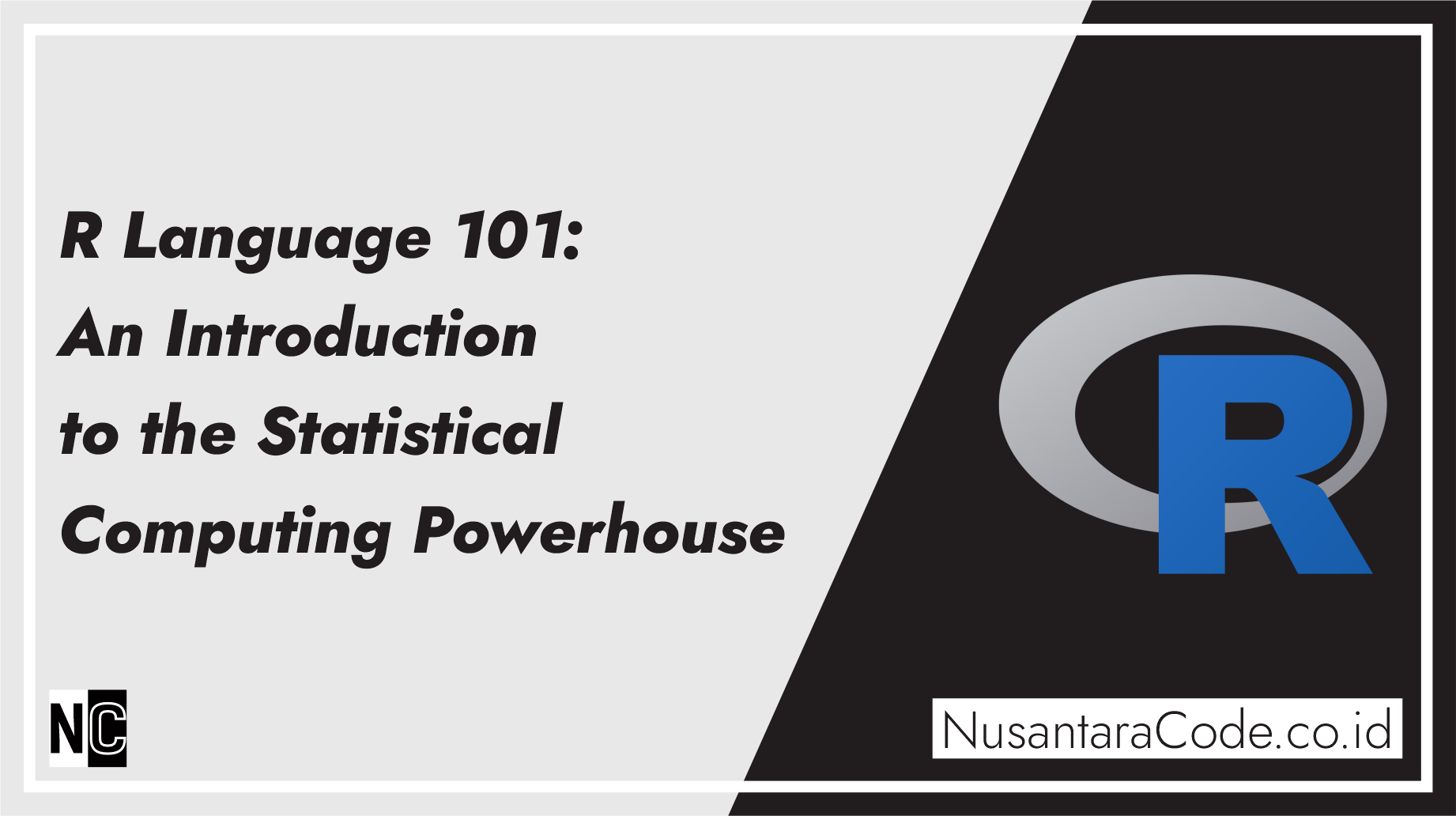R, a powerful and versatile programming language, has emerged as a go-to tool for statisticians, data scientists, and researchers worldwide. Known for its statistical computing and graphics capabilities, R provides a robust environment for data analysis, visualization, and machine learning. In this article, we will explore the fundamentals of R programming, from basic syntax to key concepts, unlocking the potential of this open-source language.
Getting Started with R:
R is easy to install and run on various platforms, including Windows, macOS, and Linux. Users typically interact with R through an integrated development environment (IDE) like RStudio, which simplifies code development and visualization.
# Example: Hello World in R
print("Hello, R!")Variables and Data Types:
R supports various data types, including numeric, character, logical, and more. Variables in R are assigned using the <- operator.
# Example: Variable assignment
age <- 25
name <- "John Doe"
is_student <- TRUEVectors and Data Structures:
Vectors are the fundamental data structure in R, and they can hold elements of the same data type. Other essential data structures include matrices, arrays, lists, and data frames.
# Example: Creating a vector
heights <- c(175, 160, 185, 170)Data Analysis and Visualization:
R excels in data analysis and visualization. The ggplot2 package, for example, allows users to create stunning visualizations with just a few lines of code.
# Example: Creating a scatter plot
library(ggplot2)
ggplot(data = mtcars, aes(x = mpg, y = disp)) + geom_point()Control Structures:
R supports standard control structures such as if-else statements, loops, and functions, making it suitable for both simple scripts and complex analyses.
# Example: For loop
for (i in 1:5) {
print(paste("Iteration:", i))
}Statistical Analysis:
With an extensive collection of packages, R offers advanced statistical analysis tools. From linear regression to hypothesis testing, R is equipped to handle a wide range of statistical methods.
# Example: Linear regression
model <- lm(mpg ~ hp, data = mtcars)
summary(model)Machine Learning with R:
R’s machine learning capabilities are expanded through packages like caret and randomForest. These packages facilitate the implementation of various machine-learning algorithms.
# Example: Random Forest
library(randomForest)
model_rf <- randomForest(Species ~ ., data = iris)Community and Resources:
R boasts a vibrant and supportive community. The Comprehensive R Archive Network (CRAN) is the central repository for R packages, and various online forums and tutorials offer support for beginners and experienced users alike.
Conclusion:
R, with its rich ecosystem of packages and a dedicated community, stands as a powerful language for statistical computing and data analysis. Whether you are an aspiring data scientist or a seasoned statistician, exploring the depths of R opens up a world of possibilities for insightful analysis and meaningful visualizations. As you embark on your R journey, don’t forget to leverage the wealth of resources available to enhance your skills and make the most out of this statistical computing powerhouse.
